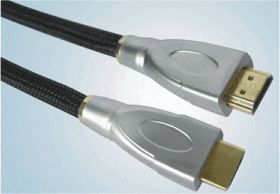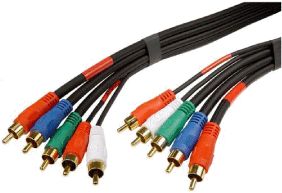- Make all your cables as short as possible.
- Use high quality antenna cable.
- Connect the plugs well into their sockets.
- Do not use an antenna cable splitter. Splitting the signal will make it considerably weaker. * Change the picture settings on your TV. The standard configuration is set to match the conditions in a TV shop.
You can use the smart settings in the TV menu to set your TV to a predefined picture mode that will give you the best picture quality.








